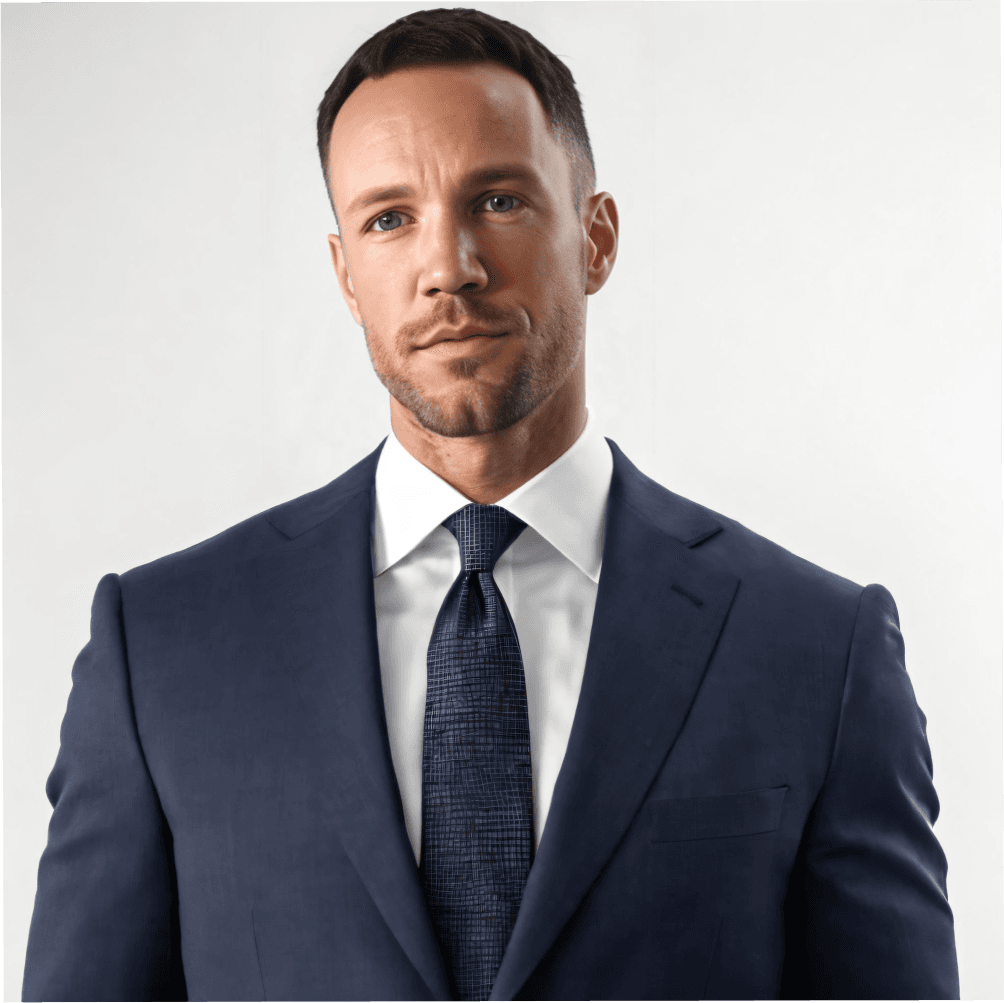07/13/2024
·
Emma Robbie
In the world of professional photography, touch-ups are a common practice. But when it comes to headshots, how far should you go? Maintaining authenticity while enhancing features can be a tricky balancing act. Let's dive into the ethics of headshot touch-ups and explore where to draw the line for professional photos.
Why Are Touch-Ups Necessary?
Headshots are often the first impression you make, whether it's on LinkedIn, a company website, or a casting call. Naturally, you want to look your best! Touch-ups can help to remove temporary imperfections like pimples or stray hairs, ensuring that the photo captures your best self.
Enhancement vs. Alteration
There’s a fine line between enhancing a photo and altering it. Enhancements include adjusting lighting, smoothing out skin tones, and correcting minor imperfections. Alterations, on the other hand, involve changing fundamental aspects of your appearance, such as reshaping facial features or changing skin color.
Enhancements are generally acceptable as they present a polished version of you. Alterations, however, can lead to misrepresentation and erode trust. After all, the purpose of a headshot is to accurately represent you, not a digitally constructed version.
Common Ethical Dilemmas
Skin Smoothing
It’s fine to smooth out skin tone to remove temporary issues like blemishes or uneven patches. But overdoing it can make the photo look unreal. Aim for a natural look that maintains the texture of your skin.
Eye and Teeth Whitening
A subtle enhancement to make your eyes and teeth look vibrant can make your photo pop. However, turning your eyes or teeth unnaturally white can be misleading and distracting.
Body Contouring
This is a major ethical gray area. Adjusting your jawline or slimming your face crosses into alteration territory. Authenticity is key; your headshot should reflect what you genuinely look like.
Creating Trust Through Authenticity
When someone meets you in person, they should recognize you from your headshot. If your photo has been heavily altered, it can create a disconnect between your online presence and your real-life appearance. This can lead to trust issues in professional settings.
Transparency with Clients
If you’re a photographer, it’s vital to discuss the extent of touch-ups with your clients beforehand. Transparency helps manage expectations and ensures that both parties agree on what constitutes appropriate editing.
Best Practices for Ethical Touch-Ups
So, where should you draw the line? Here are some best practices to keep your touch-ups ethical:
Less is More: Aim for subtle touch-ups that enhance your natural features.
Stay True: Avoid altering fundamental aspects of your appearance.
Client Communication: If you’re a photographer, always discuss potential edits with your clients.
Use Professional Tools: Invest in quality editing software that allows for nuanced adjustments.
Conclusion
Balancing the need for professional polish with the importance of authenticity is crucial in headshot touch-ups. By focusing on enhancements rather than alterations, you can create a headshot that is both attractive and true to life. Remember, the goal is to look like the best version of yourself, not someone else!
Next time you’re getting a headshot taken, keep these ethical guidelines in mind. Whether you're in front of the camera or behind it, maintaining authenticity will always serve you well in the professional world.




